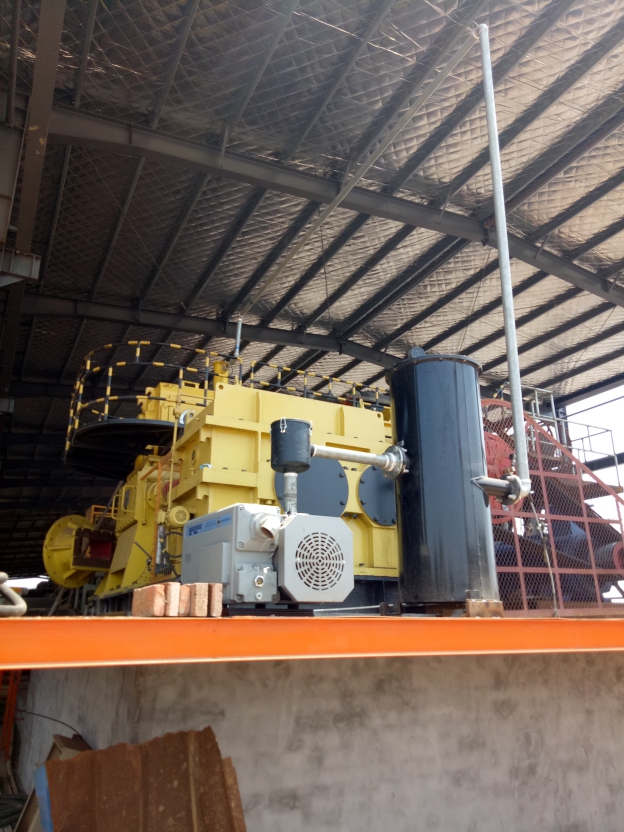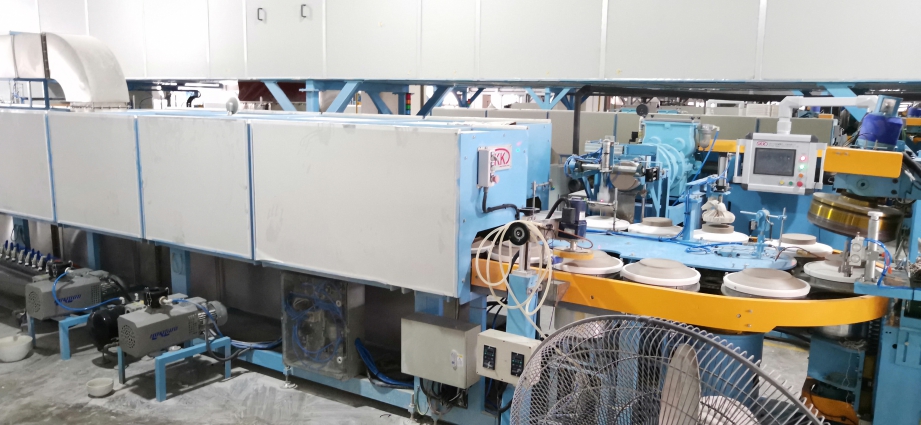It is hard to imagine many industrial markets operating efficiently without vacuum drying processes. The liquid contained in the processed materials is evaporated by pressure reduction and
extracted as vapor.
Vacuum drying is faster, gentler and more energy-efficient than heat drying. It is particularly suited to drying processes for chemicals, pharmaceuticals, food and other applications in which excess heat would destroy or degrade the product.

For example, in fruit concentrate production or the freeze drying of coffee or fruit, vacuum drying maintains product consistency and preserves vital ingredients such as vitamins and flavors.
Vacuum drying is especially suited to the drying of products with a large surface area, such as plastic granules or other hygroscopic materials. Vacuum is also used to dry industrial components.
Which Hokaido series are particularly suited for drying processes?
Hokaido RSP series dry screw vacuum pumps are recognized as the pump of choice in the chemical and pharmaceutical industries, where a large number of drying processes are required. They are used extensively to generate high vacuum levels in one stage operation.

RSP series screw vacuum pumps are the ideal choice for drying processes, as they exhibit a high tolerance to humidity and are completely free of operating fluids. The absence of operating fluids eliminates contamination of processed materials.
If there is a risk that explosive vapors may be produced during the drying process, a wide range of explosion-protected (ATEX) vacuum pumps is available to handle such materials. These pumps meet all national and international safety certification requirements.
We not only offer vacuum technology for drying processes, but we also supply separation units that condense extracted vapors and recycle them as liquids. As the vacuum pumps are dry running and use no operating fluids, contamination is eliminated and if required, the liquids can be reused immediately.
Our large product portfolio is designed to cater to a broad spectrum of drying processes. The applications range from small rotary vane vacuum pumps to large vacuum systems and turn-key vacuum installations.
When drying ceramic substances or construction materials such as bricks or tiles, liquid ring and rotary vane vacuum pumps are used. Hokaido 2BV/2BE series liquid ring vacuum pumps represent a particularly efficient and durable way of extracting humid gases and vapors, as the only operating fluid required is water.
A special version of our RH rotary vane vacuum pump exhibits high vapor compatibility so that the water vapor does not condense within the pump and extracted moisture does not come into contact with the material to be dried.
Both technologies are suitable for the particular requirements of these processes and are available in many different sizes and variants.
RSP screw vacuum pumps easily extract all types of vapors at low pressure levels and use a dry running operating principle. When combined with RV-Y&RVT series Vacuum-Boosters, they can be used in vacuum systems for drying processes.
The RH or 2RH-C rotary vane vacuum pumps and 2BV/2BE liquid ring vacuum pumps have proven themselves worldwide in the drying of ceramic and construction materials.


